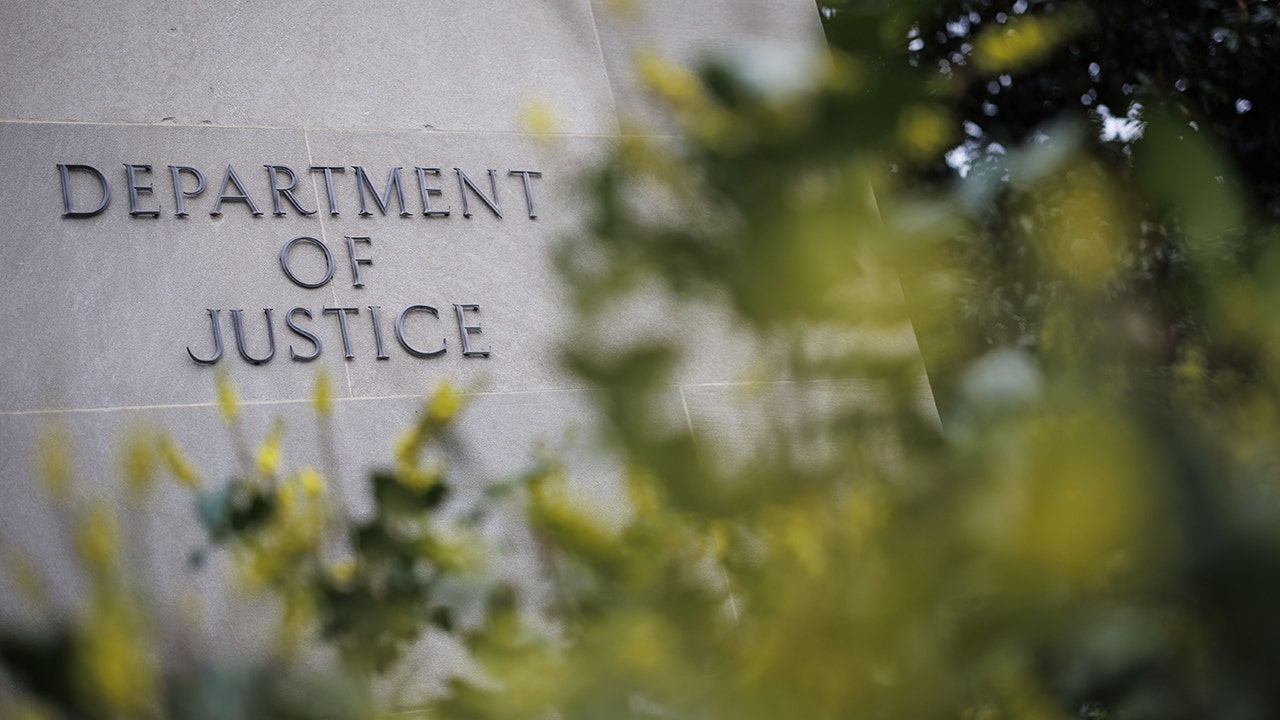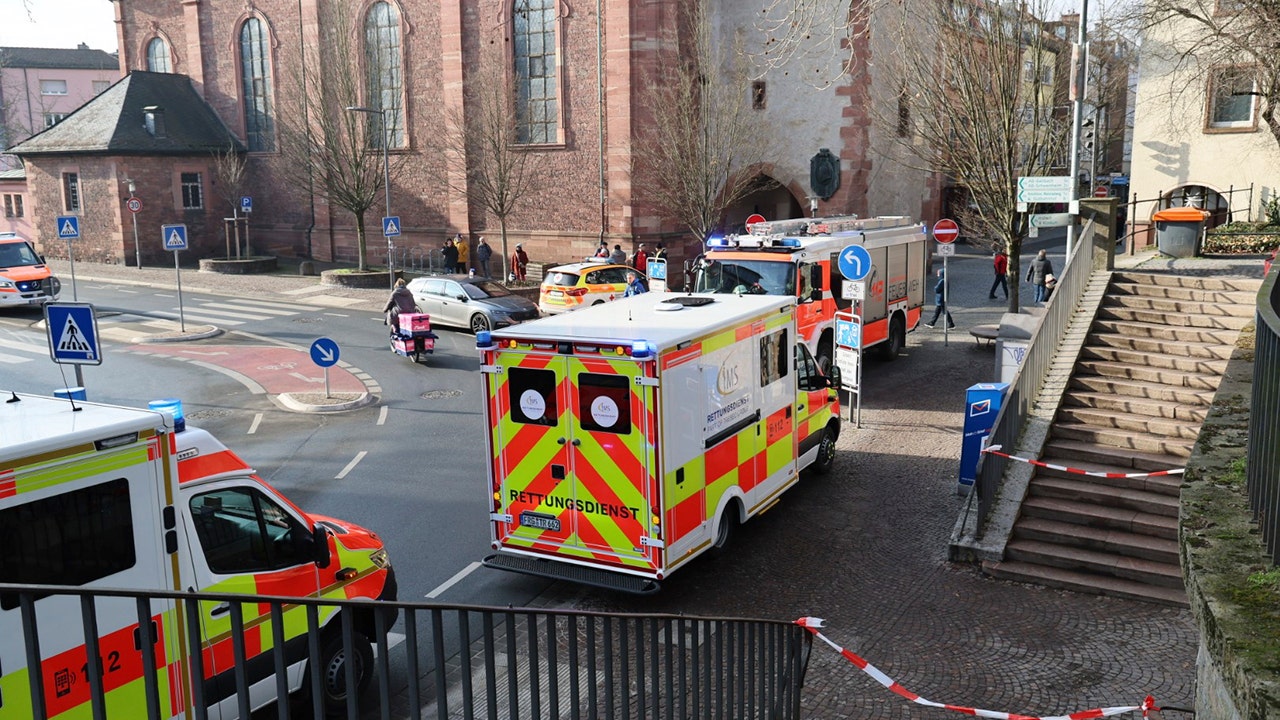California seems to be off to a glowing start to the year — and we’re not just talking about Hollywood stars assembling for awards season. We’re talking about bioluminescent algae.
Biolumi-what?
Bioluminescent algae. It’s not new, but this latest algae bloom in parts of Southern and Northern California is causing waves and areas of the water in the Pacific Ocean to glow in fluorescent blues, drawing surfers and other enthusiasts out to look and share photos of a bright blue ocean. The water is so luminescent when it is disturbed at night that it seems like surfers are riding waves in “Avatar: The Way of Water.”
Bioluminescence is the emission of light by living organisms. It can be used “to warn or evade predators, to lure or detect prey, and for communication between members of the same species,” according to the National Ocean Service, an office within the National Oceanic and Atmospheric Administration. In the ocean, the phenomenon isn’t rare: Bacteria, fish, jellyfish, sharks and other animals and organisms can be bioluminescent.
The light emitted by a bioluminescent organism is produced by energy released from chemical reactions occurring inside the organism. (A firefly, for example, is a bioluminescent being.)
The algae blooming in California right now are a type of marine phytoplankton called dinoflagellates, mostly one species in particular that is a very vibrant bioluminescence producer, called Lingulodinium polyedra, said Dr. Clarissa Anderson, director at the Southern California Coastal Ocean Observing System. Dr. Anderson added that these algae were not related to the more harmful blue-green algae, or cyanobacteria, which can sicken animals, choke ecosystems and look much less magical.
The algae in California right now are related to the dinoflagellate that causes “red tides,” Dr. Anderson said, making water a rusty red tint during the day. Such red tides can be harmful: one killed large numbers of fish in the San Francisco Bay Area in 2022. (The organism that causes red tides produces a toxin that can sicken animals and humans, including respiratory symptoms.)
And while the glowing algae in California can produce a toxin, it is “not particularly potent or harmful to wildlife or humans,” Dr. Anderson said in an email.
The algae have been seen vibrantly where the waves crash. Your best bet to find them is to look in warmer weather, and when the water is calm.
Interest in nighttime tours to see the phenomenon has grown. Some whale-watching tour operators are offering bioluminescent excursions and people have been posting luminescent photos on social media lately.
Usually, bioluminescent algae are most easily spotted between June and October. But increasingly, it’s becoming a year-round occurrence, said Dallas Smith, the operations manager at Blue Waters Kayaking in Northern California. “It’s one of those questions,” he said: “Are we going out and looking for it more, or was it always there and getting stronger?”
Tours to see bioluminescence out on the water have gotten increasingly popular, especially since about a decade ago, Mr. Smith said.
The tours take about three hours, as guides lead kayakers to paddle about a mile out into the water on calm nights with little moonlight.
Mr. Smith and his colleagues take people out into the bay in kayaks to see the bioluminescence. It’s never a guarantee that glowing fish or algae will grace the horizon, but if it’s a bad night for bioluminescence, people can always look up instead of down to catch a magnificent sky full of stars, he said.
Mr. Smith has been going on bioluminescence tours in the Bay Area for more than two decades, he said, but it doesn’t get old. “Every time you see one of them underneath you in bright bioluminescence,” he said of creatures under the water, “their body lights up a glowing outline of what they look like, that always sticks with you.”





